How to teach
with the World Phenomena?
World Phenomena were created by top educators with years of experience. Therefore, they are designed to be immediately and easily applicable to everyday teaching.
World Phenomena as a new teaching subject
Why yes:
- time to carry out activities and multiple topics
- team teaching with two teachers / division into groups
- creating a standard space for cross-curricular teaching
What to consider:
- more demanding organizational arrangements: timetable
- creating a curriculum for a new subject
- higher demands on teachers
Real life example:
School management and teachers created a World Phenomena subject with a two-hour allowance from available lessons to create blocks of consecutive 45-minute classes to carry out activities. The World Phenomena are taught by two Physics-Biology and History-Geography teachers, and in block teaching they will take turns as needed. They also teach the whole class or divide into halves.
World Phenomena as part of existing subjects
Why yes:
- ease of roll-out
- each teacher teaches topics in which he/she is qualified
- enhanced cross-curricular experience
What to consider:
- exclusion of lessons from thematic plans
- better coordination between teachers
- less time for activities within a 45-minute lesson
Real life example:
Teachers chose the Water theme and split individual models among themselves. Teachers of physics, geography, chemistry, history, informatics participate and all models are taught in two weeks. They coordinate their work on an ongoing basis. In the end, they prepared a joint presentation where pupils presented their discoveries to other pupils from the same year.
World Phenomena as block teaching
Why yes:
- enough time not limited to 45-minute classes
- focus on a specific topic
- enhanced cross-curricular experience
What to consider:
- adaptation of thematic plans
- program preparation and coordination
- planning before start of school year/semester
Real life example:
The school decided to have block lessons on cross-curricular topics every Friday in November. Teachers divided all pupils into groups created from multiple years. They set up the program to teach the Air theme supplemented by other activities over 4 weeks.
World Phenomena as a thematic week
Why yes:
- enough time for activities not limited to 45-minute classes
- challenging the stereotypes of school teaching
- enough space for comprehensive solving of topics
What to consider:
- program preparation and coordination
- assisting pupils with final presentation
- planning before start of school year/semester
Real life example:
The school dedicates one week of the 2nd semester to the World Phenomena - for example three themes: Water, Sun and Air divided between 2nd level years and classes. At the end of the week, individual classes will pass on their knowledge to other pupils at a small conference.
World Phenomena as a video library resource
Why yes:
- low coordination demands
- low demands on implementation into the subject
- added value during traditional lessons as illustrative videos
What to consider:
- reduction of cross-curricular potential
- not using all materials in the project
- less motivation for pupils

